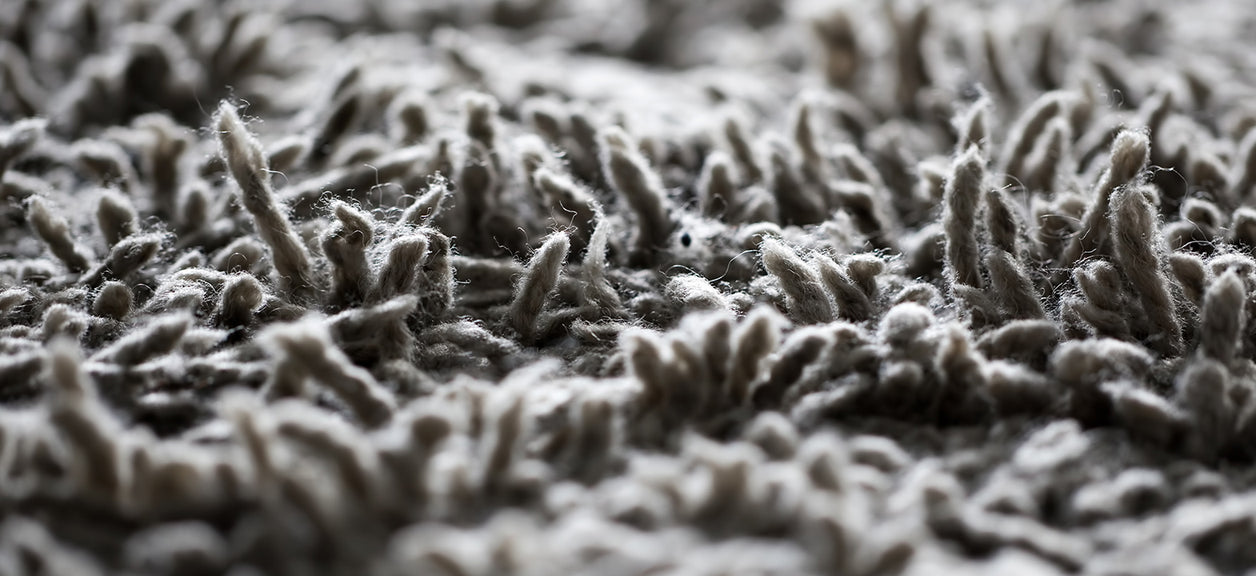
Can your carpeting make you sick?
The right carpeting can add an extra dose of coziness to a room. And during cold winter months, it can provide extra insulation and warmth. But it can also harm the air quality of your home by trapping pollutants and allergens and emitting harmful volatile organic compounds (VOCs) into the air. If you choose to have carpeting in your home, you need to be especially careful about how you maintain it.
Havens for allergens
One way carpeting can harm the air is by trapping a wide variety of allergens and pathogens, from dust mites and mold spores to dust and pet dander, all of which can trigger allergic reactions. In addition, toxic gases in the air can stick to small particles that settle into the carpeting and can become airborne during even everyday activities, like walking on the carpet.
VOC emitters
Materials in carpets, padding and adhesives can also release VOCs and harmful particulate substances. Adhesives used to affix carpeting to the floor often contain benzene, a particularly harmful VOC. The health effects of these substances can include headaches, dizziness and other symptoms. They also have been linked to more serious conditions like cognitive impairment.
Keeping your home healthy
Careful maintenance and preventive measures are essential for warding off the potentially harmful health effects of carpeting. Vacuum several times a week with a HEPA filter, and deep clean your carpet once a year using dry steam cleaning. Also, avoid putting carpeting down in bathrooms and entryways — because they often are damp, they’re likely environments for mold. If you’re installing new carpeting, try to have it unrolled and aired out in a well-ventilated area for 72 hours, and use glue or adhesives that contain low levels of VOCs. Also, a smart air purifier with a HEPA filter, like Coway Airmega, can help eliminate harmful particles and allergens from the air.
Disclaimers
1Coway air purifiers have been proven to trap dust, pollen, dander, viruses and bacteria in the air based on KCL (Korea Conformity Laboratories) testing.They have been tested in a 30㎥ size chamber according to the Korea Air Cleaning Association standard (SPS-KACA 002-132:2022 Modified) to measure the 0.01㎛ size of particle removal rate. It was tested on maximum airflow speed in normal room temperature and humidity conditions. The performance may vary in the actual living environment of customers.
→ Tested with Airmega Aim, 50, 100, 150, 160, Tower AP-1216L, Mighty AP-1512HH, MightyS AP-1512HHS, 200M, Icon, IconS, 230, 240, 250, 250 Art, 250S, 300, 300S, 350, 400, 400S, 450, ProX
299.97% of viruses, bacteria, fungi and pollen were verified to be removed from the air for Coway air purifiers which have Green True HEPA™ filter applied based on the Japan Food Research Laboratories(JFRL) testing according to JEM 1467 standard.
→ Tested with Coway Airmega Mighty AP-1512HH, MightyS AP-1512HHS, 250, 250 Art, 250S, 300, 300S, 400, 400S
→ All tested by JFRL and received above result within below time.
4The concentration of ammonia, acetaldehyde and acetic acid were proven to be removed within 30 minutes by FCG Research Institute, Inc. Human Life Science Lab. It is not a demonstration result in the actual use space. Not all odors and gases may be supported. → Tested with Coway Airmega 150, 160, Mighty AP-1512HH, MightyS AP-1512HHS, 400, 400S
5The coverage area of the air purifier is based on an area where the air cleaner can make two air changes per hour (ACPH). An air change per hour translates to how many times an air purifier can clean an area, assuming the height of a ceiling to be 8 ft, in one hour. Therefore ** means two air changes per hour means that the cleaner can clean the area once every 30 minutes and * means air changes per hour means that the air purifier can clean the area once every 60 minutes.
10Terms and conditions apply. Discounts, including promotions, coupons, bundle discount and subscription discount, cannot be stacked on top of other coupons. During promotional periods, discount codes will not be able to be applied to orders. Promo codes may apply to products only—filters, accessories, and new products within 3 months of the release date are not included.
11Based on Coway R&D internal laboratory testing, activated carbon filtration was shown to remove up to 95% of ammonia odors within 40 minutes, and up to 99% of fecal odors within 20 minutes. Actual performance may vary depending on usage conditions.



























